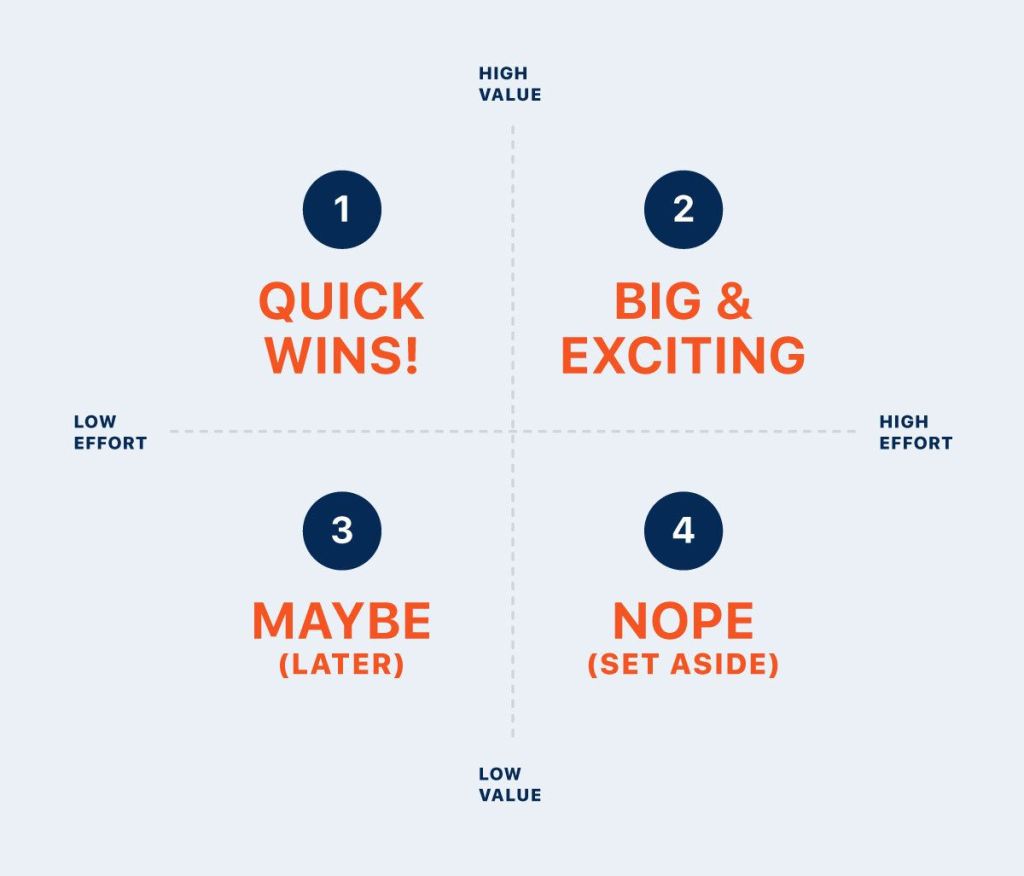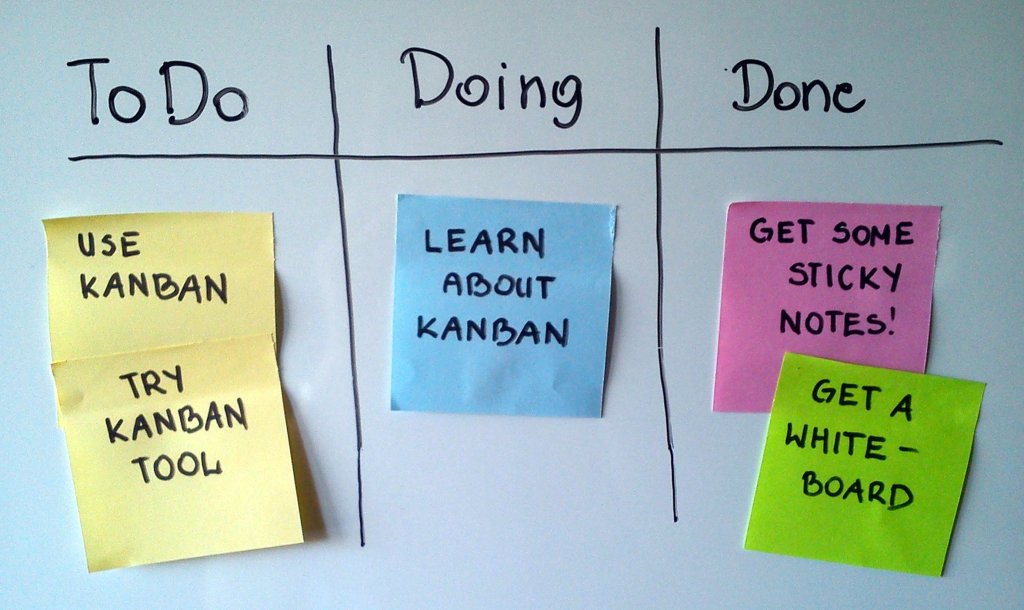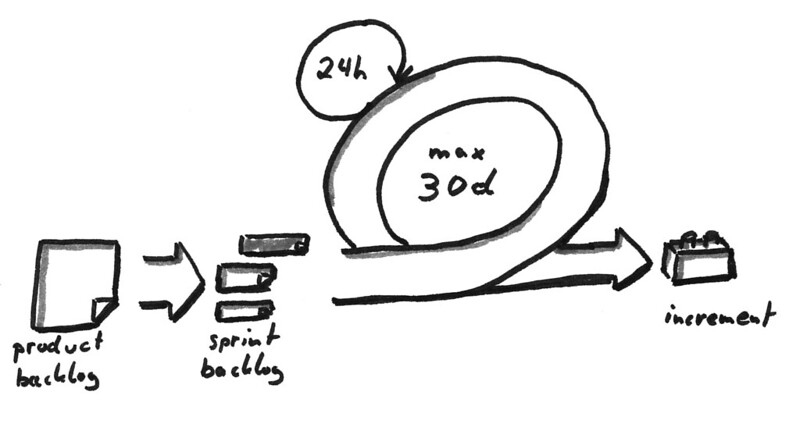I’ve been doing a lot of thinking the last year about the inherent tension between the core business of higher education – certificates and degrees – and the disruptive innovation that’s been brewing for a while: alternative credentials. As Clayton Christensen may have predicted (he and his namesake institute have written on education, but not to my knowledge on the topic of microcredenials), it can be really hard for institutions of higher education to execute on both of these simultaneously. What’s racking my brain most is how best to organize this work to deliver on its promise. Christensen likely would have recommended that the best approach would be to spin out alternative credentials into a separate division to incubate and scale before returning to the main business. My experience says, “yeah, but…”
If you want to go fast…
Go alone. That’s pretty apt in this case. With the benefit of grant and philanthropic support, I was able to work with several academics and staff members to rapidly prototype an alternative credential strategy – credit where it’s due, though, some folks were all over this in pockets well before I entered the picture. This work was done like a skunk works under my sponsorship by incentivizing folks to work outside of their regular loads — not sustainable, really. When I look back at our accomplishments, it’s pretty rad:
- designed 5 prototype programs
- formalized 1 of the programs to the point that it’s ready to launch
- worked on a grant application with two employer partners to formalize a second program to launch in FY24
- considered how to reformulate wraparound supports to work within lower cost and lower price programming
- launched a student journey project to bring systems and workflows into alignment so non-matriculating learners have an enjoyable entry to the university and can seamlessly convert non-credit to credit
- created a repeatable method to evaluate alternative credential opportunities (affectionately referred to as making the Cookie Recipe…all good projects need a name)
- figured out how to incorporate micro work-based experiences with our partners at Riipen
- built our whole model around equitable, universal design principles with Education Design Lab
- vetted all of this with employer partners
I’m super proud of the team who worked on this, and you probably are nodding your head in agreement right now. Please, nod.
Buuuuut, here’s the rub of doing things alone: you won’t go far. In this edition of that maxim, we aren’t yet ready to launch this sustainably as a line of business without continued external investment because the core business needs resources to stay competitive in the perfect storm facing higher ed, especially in the northeast: declining population and enrollments, increasing skepticism of the value of degrees, quickening pace of job and skill changes.

Photo credit: Alfred Pasieka/Science Photo Library/Getty Images
If you want to go far…
This has left me pondering…and pondering…and pondering…how to resolve this challenge. I have had a dozen or so deep conversations with my closest counselors: colleagues on executive staff, the most innovative faculty and staff at our institution, and peers and mentors outside of our institution who are working in the same space (special thank you to the leaders of Credential As You Go for creating a wonderful community of practice).
I have vacillated between taking or rejecting Christensen’s advice: spin the work out or plant it in the core business. It’s been a ping pong match back and forth. Each conversation with a different constituent or advisor pushes me one way and then the other. Something deep down was nagging at me: neither is really the right approach.
Then, wouldn’t you know it?, the universe grabbed me by the shoulder one day as I was walking through the aisles of Half Price Books. There it was, Lead and Disrupt, whispering to me to come closer. When I cracked the inside flap, I realized I had found a guidebook at exactly the time I needed it. If you’re an innovator, I’d recommend reading the whole thing, but the summary is that Christensen had part of the story right – the work does need to be done separately, there’s plenty of organizational behavior research to say so – but that there has been a critical missing piece in the disruptive innovation playbook. Namely, the separate unit and workstream still needs to have access to the core business (and vice versa) and its competencies and assets. They call this the ambidextrous organization.
The beginning of an alternative…
In higher ed, what could this mean? The most basic thing I’ll answer is what it doesn’t mean: keeping on with what we’ve been doing. We’ve gotten it wrong for a long time in the way that continuing/professional education (and most of our alternative forms of learning by extension) has been spun out at most institutions. Separate management, separate product development, separate processes, separate systems of record. Just.plain.separate.
So, how do we achieve the separate, but loosely coupled design – the ambidextrous organization, i.e. – suggested by the research of O’Reilly and Tushman and others? A few ideas:
- Lay out the strategic intent of microcredentials for the community
- Ensure the president backs this message at the front end and champions throughout when tensions arise between resourcing the core versus innovation (the research is pretty clear on it needing to be the CEO).
- Create a separate unit that will design the alternative credential programs, figure out the business model, launch to market, and adjust to either scale or close down.
- Establish a culture in that unit for conducting exploration. Values needed: collaboration, growth mindset, persistence, openness to change, rapid feedback looping, etc.
- Appoint a senior leader from cabinet to oversee the unit and to assume accountability for delivering on the business model.
- Appoint a dotted-line leader in academics who is responsible for the following:
- linking in faculty experts to help design products (and figuring out how that works with load/compensation),
- opening access to existing curriculum to jumpstart product development,
- bringing the alternative credentials back into the mainstream by embedding in the curriculum,
- providing access to tooling like Lightcast Analyst to explore labor market needs,
- giving guidance to the unit leader on how to navigate shared governance so that all parties are engaged in appropriate ways.
That dotted line leader in academics actually is doubly important. They will support the innovation in the startup phase and they will be the likely candidate to oversee the innovation when it’s ready to be folded into the organization as a new part of the core business.
Bringing it home
These are a bunch of emergent musings about how most institutions could rethink their approach to continuing/professional ed in a general sense and microcredentials more specifically. All I know in my bones is that Christensen’s prediction that many, many more institutions will close is going to come true if we let the status quo reign. Let’s instead figure out an approach to org design that can be replicated at many institutions that will honor what higher ed is best at and bring it to prospective learners in new ways that respond to their and employers’ needs.






Leave a comment